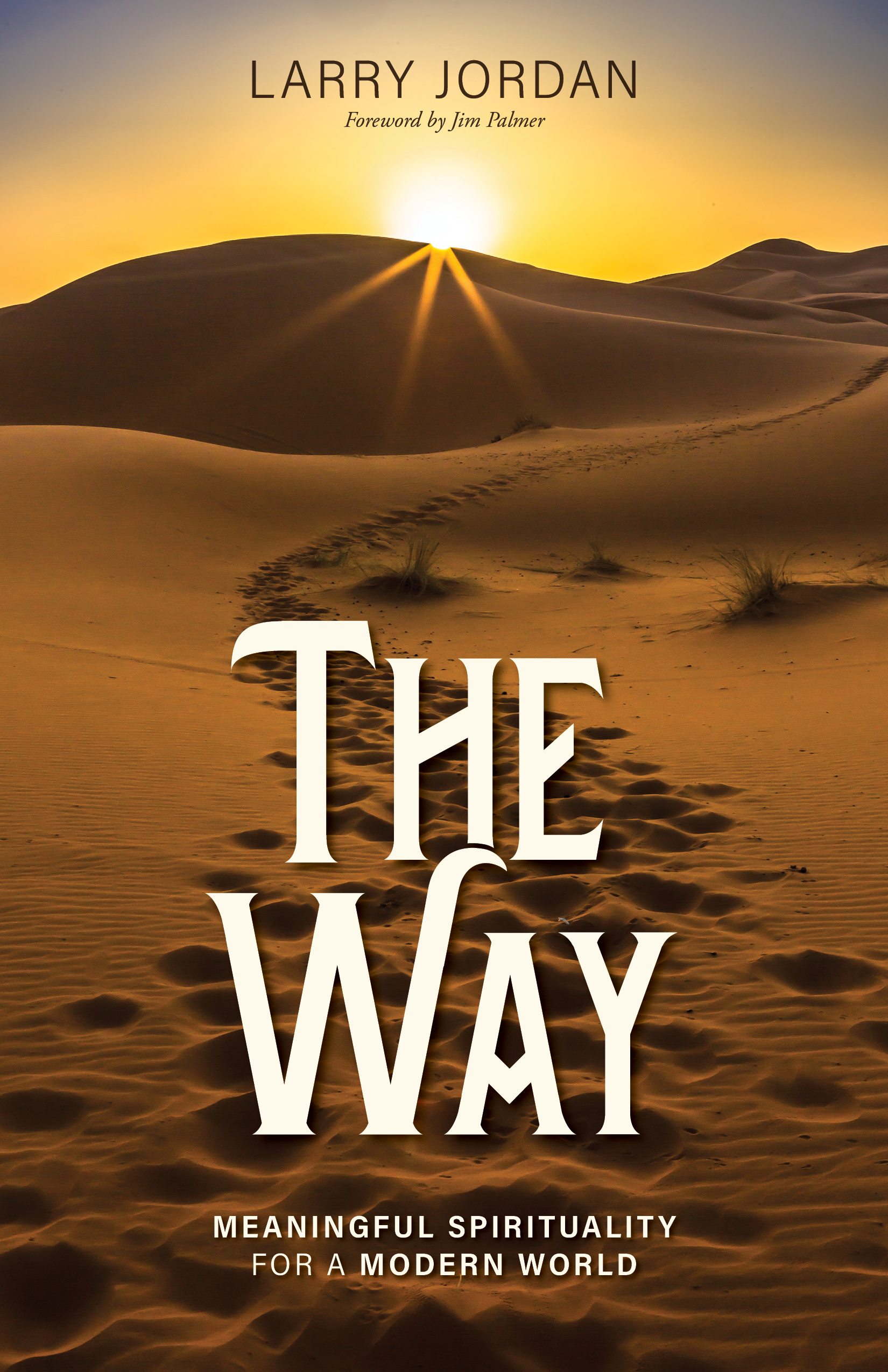The Two Percent and the 98 Percent
Ten years ago, the Catholic bishops led a campaign called the Fortnight for Freedom, a campaign for “religious liberty.”
I have a unique perspective on religion. For 50 years, I lived among the “two percent,” who accepted Catholic teachings without question. Today, I live among the “98 percent,” who disagree with the Catholic bishops in their teachings on a variety of social issues.
It would be difficult to read all of the history and theology that I have read, without lamenting the differences between first century and twenty-first century Christianity.
The Catholic bishops are promoting “religious liberty” and protesting that they are forced to pay for contraception and to provide social services to same-sex couples and so on.
The bishops hold that “life,” “marriage,” and “freedom” are core values, and I agree, unless they are code words for denying healthcare to women, discriminating against gay people, and using tax dollars to promote the views of a particular religion.
Nationally, approximately three-quarters of the budget for Catholic Charities is government money, not church money, and approximately one-half of the budget for the USCCB or U.S. Conference of Catholic Bishops is government money, not church money.
Why should the Catholic bishops use our tax dollars to impose their values on the 98% of Catholics who disagree with them and the majority of non-Catholics who disregard them?
Catholics always believed that individual conscience stands above ecclesiastical authority and that the sense of the faithful (sensus fidelium) can be inspired by the Holy Spirit.
Given that 98% of the faithful disagree with their positions on important social issues, why are the consciences of the Catholic bishops the only consciences that they are protecting?
It is ironic that the bishops are embracing “religious liberty,” as they are cracking down on Catholic nuns, priests, and theologians who disagree with them, and abandoning Catholic hospitals, schools, and social service agencies who question their edicts.
The Fortnight for Freedom failed to capture the hearts and minds of people in the pews. Some saw the Fortnight as an effort to reassert the authority of the Catholic bishops or to shield the Catholic church from civil and criminal penalties in the clergy abuse scandal.
Maybe the people in the pews are hoping for “religious liberty” of another sort.

